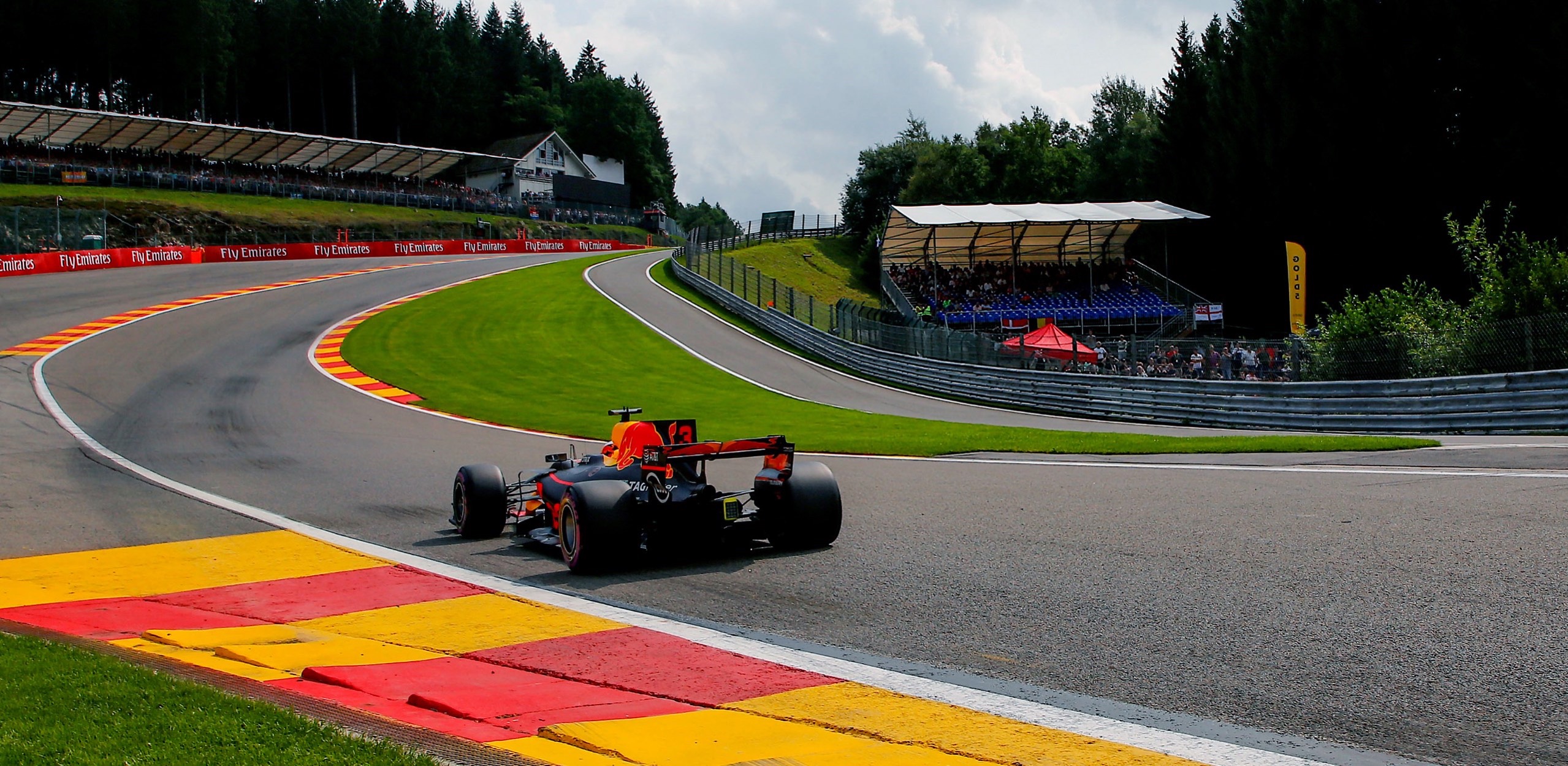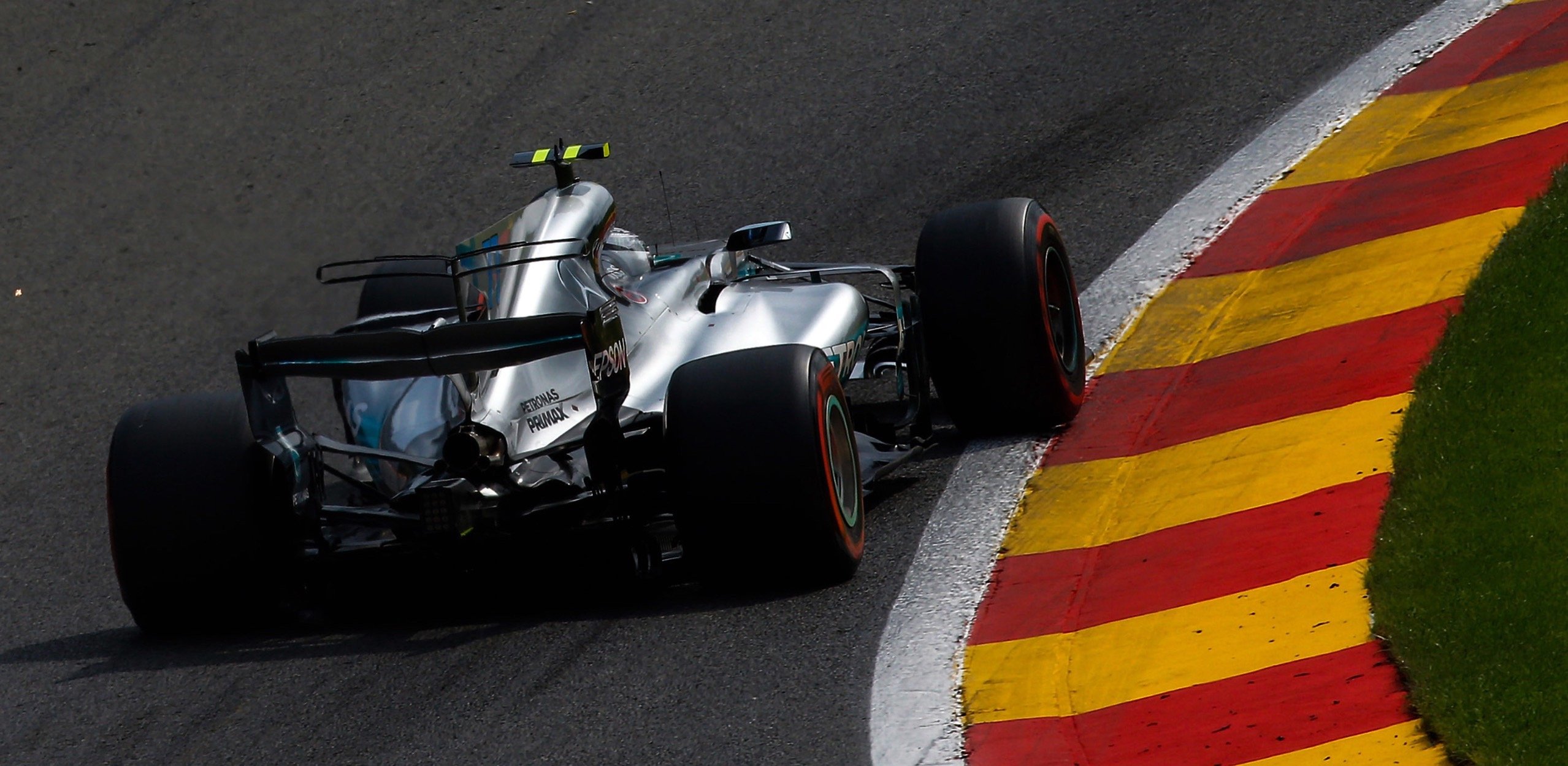
The race came down to the last 40 yards on the Kemmel Straight. Coming off a late race safety car, Hamilton had switched to soft tyres, his only set remaining, as rival Sebastian Vettel instead took on the faster ultra-softs. At the restart, Hamilton hesitated for an instant putting him nose to tail with Vettel through Eau Rouge and Raidillon and finally, side-by-side with the German down the Kemmel straight with Hamilton slowing just enough to allow Vettel to come alongside and face the full effects of the wind. Under braking for Las Combes, Hamilton was perfectly positioned, ferociously holding his line to the last instant to keep his lead.
Hamilton had made a brilliant bet; Vettel would hold back taking the lead until the last second so as not to give Hamilton a chance to repass him at the end of Kemmel. Vettel shook off Hamilton’s defence and stalked him over the final ten laps, looking for any opening to pounce. It never came.
In the end, Hamilton prevailed by just 2.358 seconds over Vettel to take his 58th victory, his fifth of the year and most significantly closed to just seven points behind the German in the Drivers’ Championship.
Red Bull’s Daniel Ricciardo’s started sixth and finished third for his sixth podium of the season after he slipped in behind Valtteri Bottas and Kimi Raikkonen on the restart and used their combined tow down the Kemmel to slide past both at Les Combes. Ricciardo seems immune to the power failures continuing to rob Verstappen to grab his sixth podium of the season. Raikkonen held on for fourth place, while Bottas had to settle for fifth.
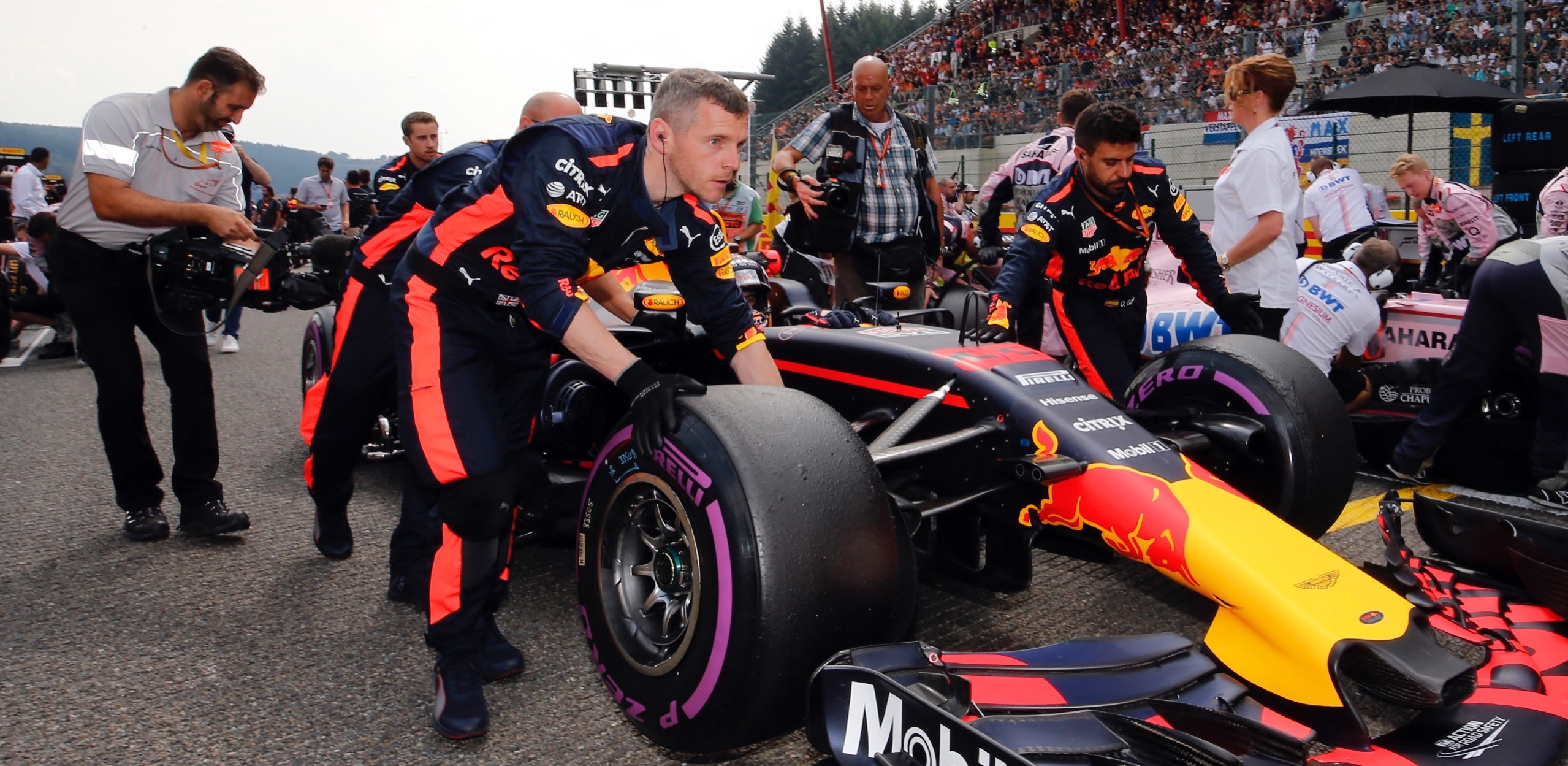
Say Spa, and you immediately think of Eau Rouge. Preparing for Spa is all about how the engineers attempt to control the phenomenal vertical loads on the cars. It’s 130 ft from base to the exit onto the uphill Kemmel Straight, comparable to driving up a 12 story building or over 26 stacked cars. Drivers turn toward the apex going down hill and cross through the apex going uphill at 300 kph. They’re crushed into their seats by a 2.5g vertical load and the 4.5-5g left-right-left lateral loads. They see nothing of the crest ahead, only blue sky or rain clouds. Through it all, Eau Rouge’s compression acts as a fifth spring, building enormous energy that releases just after the car hits the Raidillon apex at the crest of the hill. Instantly at zero g, the car becomes virtually weightless, only remaining attached to the earth due to its wings. This dance is repeated 44 times on Race Sunday.
Spa marks the beginning of the second half of the 2017 F1 season following the FIA enforced “summer break” that closes factories and shops. It’s a much-needed pause too, as the F1 circus has already piled up over 26,000 miles of travel at the midseason point.
Ferrari has won the most Grands Prix at Spa, and now that Sebastian Vettel is holding the lead in the Driver’s Championship by holding off Mercedes, the Scuderia is determined to stay there. They arrived with three new mods for the SF70H, a third damper for the front suspension, a new front wing and finally a new chassis floor. Ferrari tested the mods during the post Hungaroring test session; the team believed that the elements taken together would decrease drag down up the Kettel Straight while also improving corner grip through better-controlled ride-height and chassis rake angle.
Ferrari also announced that they had retained the services of Sebastian Vettel until 2020 and Kimi Raikkonen just for the 2018 season.
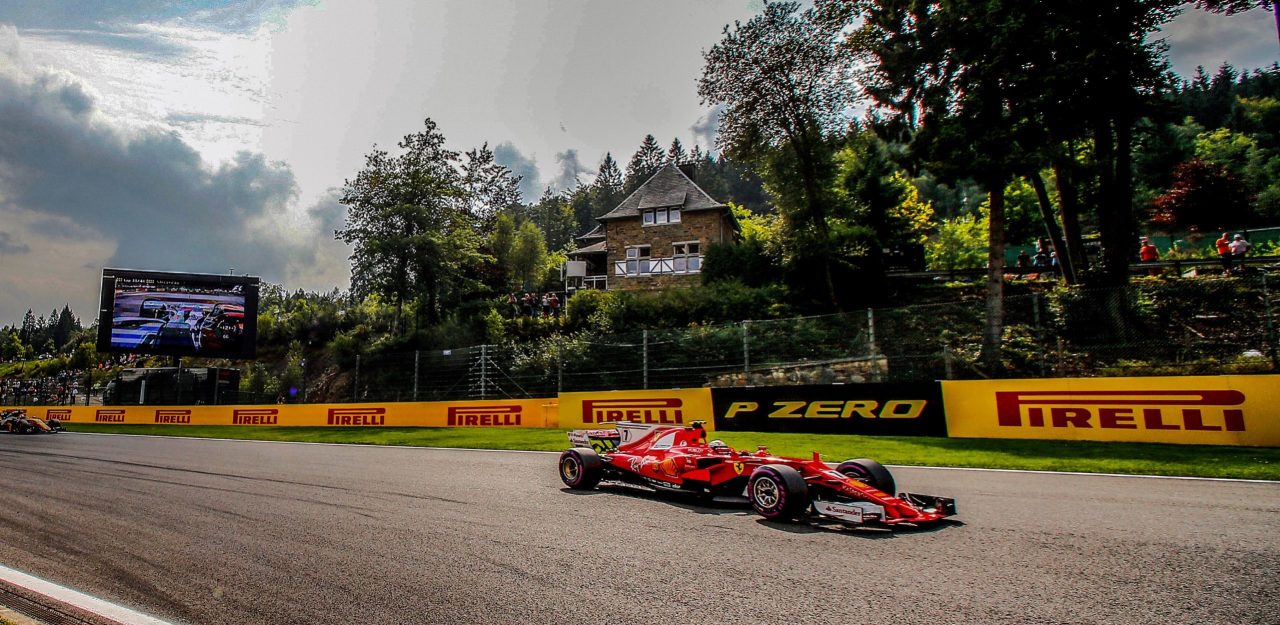
Mercedes seemed to shrug by just bringing along updated power units, the last units allowed to be fitted this season without incurring penalties. The upgrade includes new internal combustion engines, turbochargers, and MGU-H units. With nine races remaining in the season, Mercedes plans to shuffle their power units to avoid any penalties.
The new owners of F1 are rapidly energising fresh interest with the thoughtful presentations of the past. Throughout all of these past years with different formulas, approaches, and experiments the glue that holds it all together is the narrative of emotion; telling the story of the fastest men in the fastest cars on the most challenging tracks.
It was all on display this weekend at Spa. 2017 marks the 25th anniversary of Michael Schumacher’s first victory on the circuit and his son Mick, now a rising star in F3 was there to drive his father’s Bennetton B194, chassis 05. Schumacher wore a special helmet that incorporated his usual design on one side and half of his father’s original design on the other.
He told the assorted press it was “great” to drive the 1994 machine, and added: “I’m just amazed by the car.”
“It was emotional, said Mick Schumacher. There is a lot of history here and for my father.” There wasn’t a dry eye in the appreciative crowd.
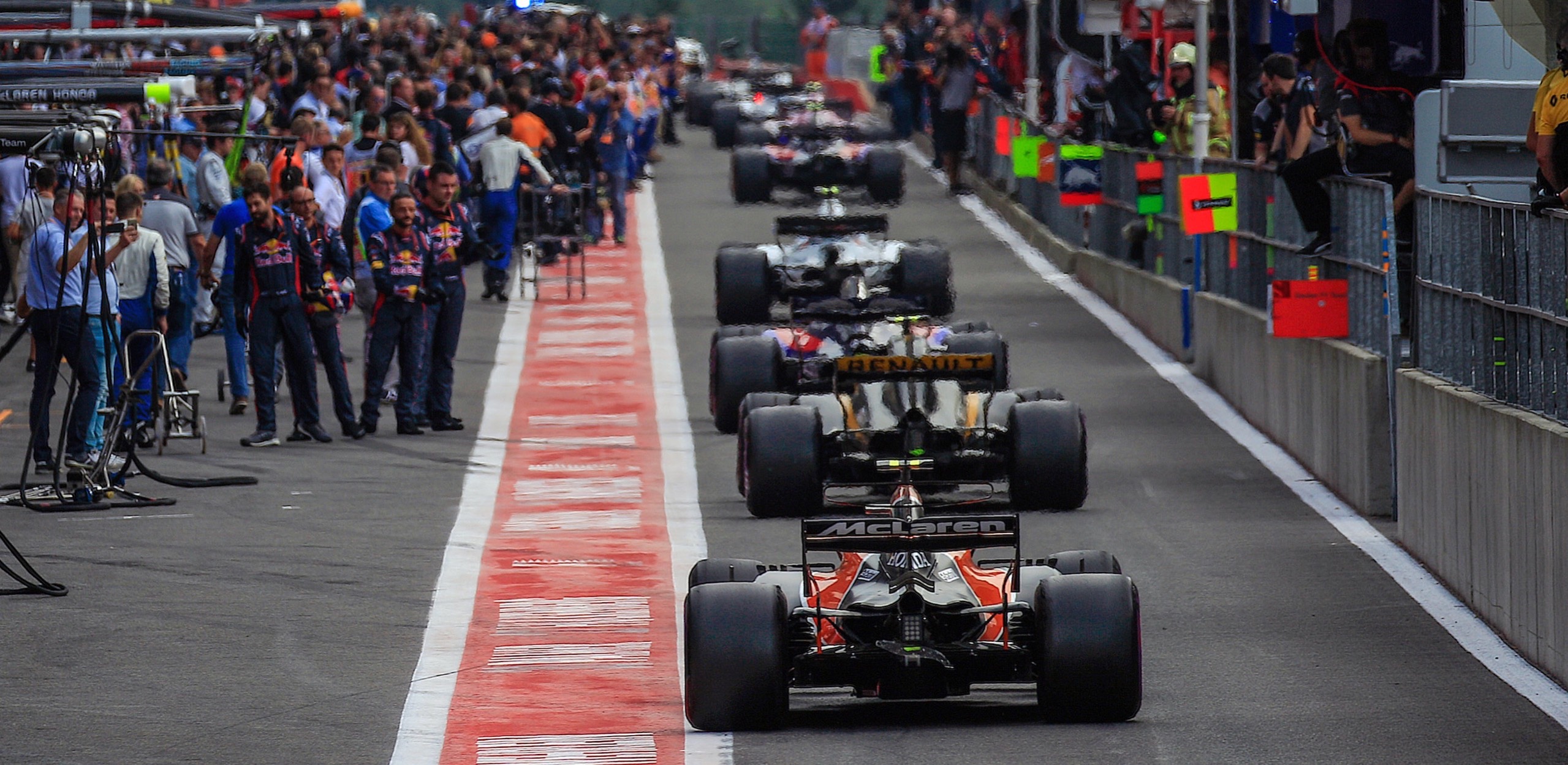
Kimi Raikkonen, fresh from signing for another year with the Scuderia, led FP1, with Hamilton coming back to lead FP2, just in front of Raikkonen before rain cut short the session in the final 20-minutes. Hamilton was already 3.33-seconds faster than the Spa practice times in 2016. He seemed comfortable over one lap while Raikkonen seemed competitive on long runs. Vettel also looked to have quite a bit of an advantage over both Mercedes on the Ultrasofts though it came by backing off every fourth lap.
Everyone revealed their hand in qualifying, with Lewis Hamilton taking the pole and equalling Michael Schumacher’s career record of 68 poles in 43 fewer races than Schumacher took to reach his record. Championship leader Sebastian Vettel lined up second, 0.242 seconds off Hamilton’s record time of 1m42.553s. Vettel revealed that team mate Raikkonen, who had decided to pull out of his final lap in Q3, instead gave Vettel a tow worth 2/10ths of a second.
Despite Ferrari’s long run pace and Mercedes’ one lap pace, over 19 corners and almost four miles, the two rivals would start Spa mere hundredths of a second apart.
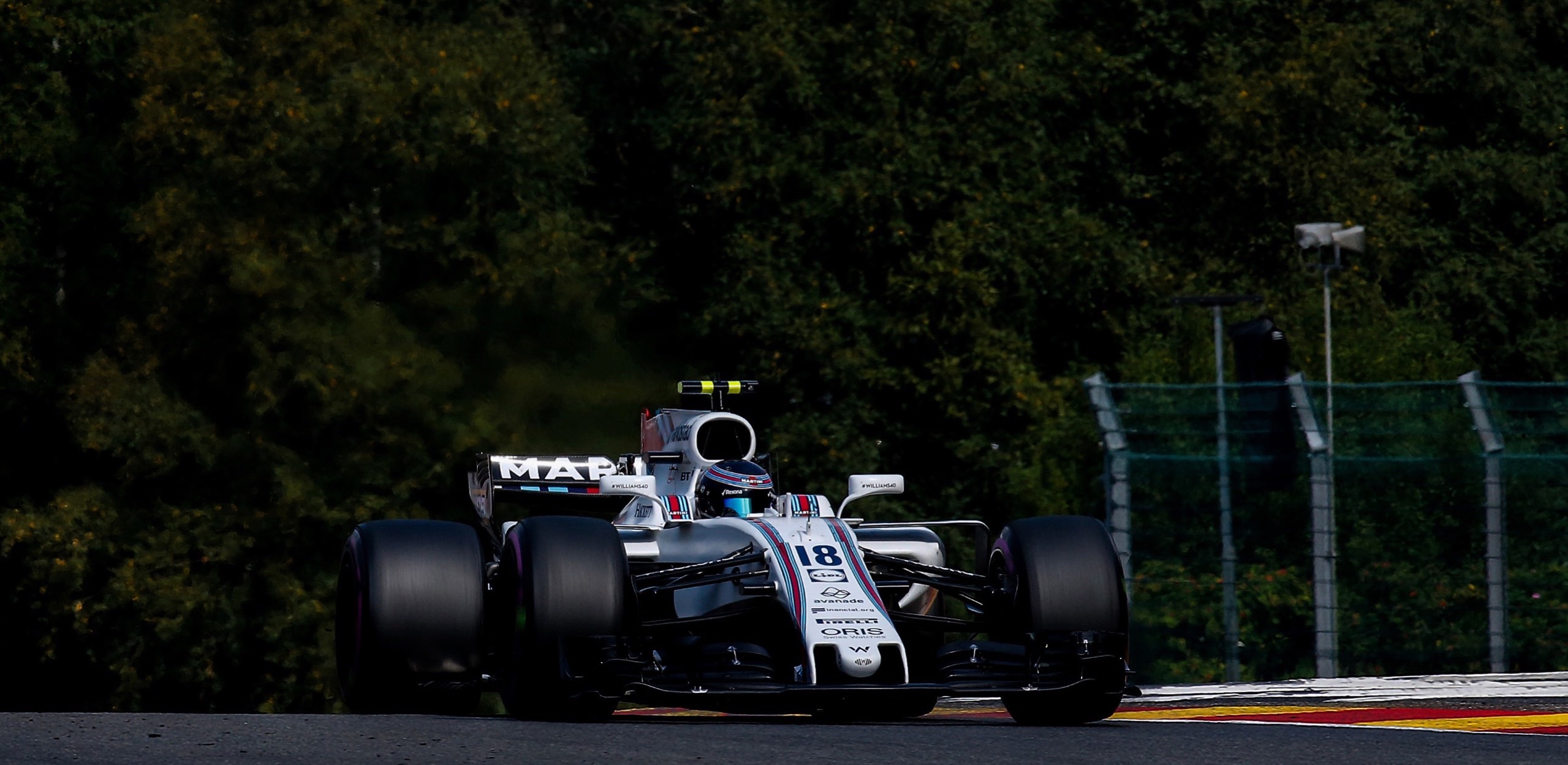
During the pre-start exploratory laps, Raikkonen complained of severe tire vibrations that had visited other drivers during the weekend. Ferrari did what they could and held their collective breath.
At the start, Hamilton led cleanly away from Vettel. Behind it was Bottas, Raikkonen, still struggling with vibrations, followed by the Red Bulls of Verstappen and Ricciardo. Force India’s Perez touched front wheels with teammate Esteban Ocon who then scraped the inside concrete wall as he set up for Eau Rouge. Ocon avoided disaster and gained a position thanks to Perez’ mistake. They would provide Act Two later.
Seas of Max Verstappen fans, estimated to be around 40,000-strong, decked out in orange lined the Kemmel Straight much the way fans Schumacher supported him in Hockenheim. Their cheers carried over the engines even at max speed. On lap eight, those voices were silenced when Verstappen sputtered to a stop across from their Kemmel seats. It was his sixth retirement in 12 races.
Raikkonen missed the yellow flag warning lights for Verstappen’s stopped car as he crested Raidillon and was forced to take a 10-second stop-and-go penalty from fourth for speeding through the area.
Hamilton pitted from the lead for soft tyres on lap 13 attempting to undercut Vettel. When Vettel pitted two laps later and rejoined, the gap returned to under one second. Both teams planned to hold on to these tyres as they looked for any weakness in their rivals. Fifteen laps later, the Force India duo’s faux pas changed everything.
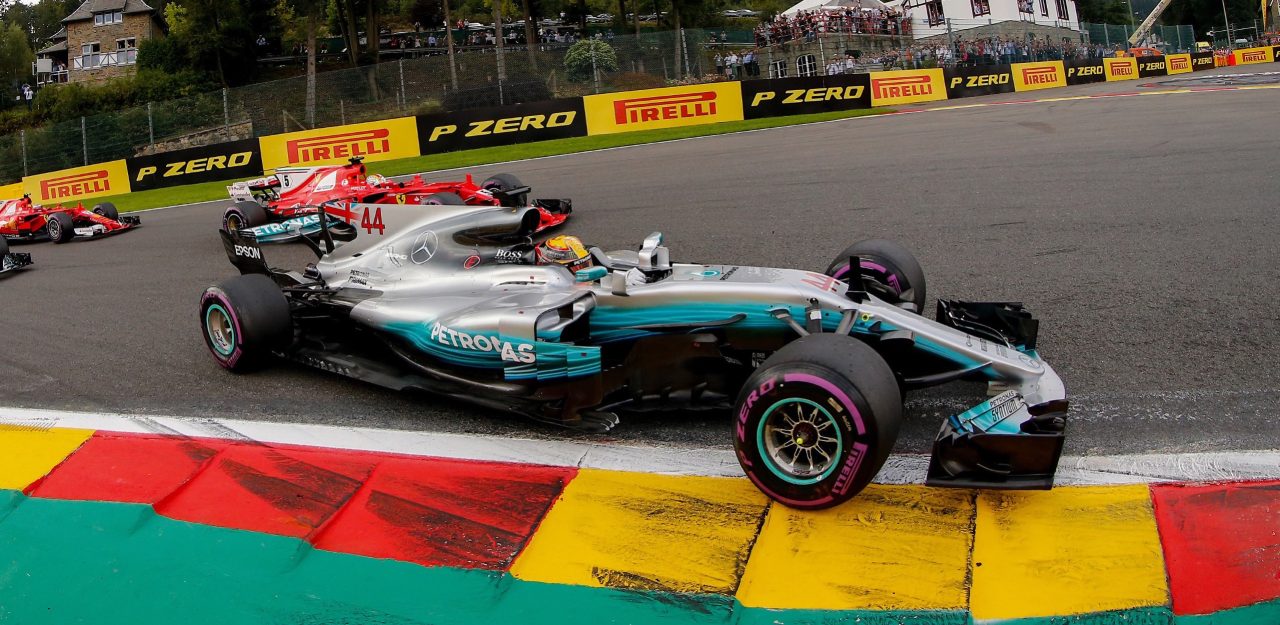
On lap 29, Perez slammed into Ocon once again as they set up for Eau Rouge. Ocon’s front wing ripped off Perez’ right rear tyre before that wing too was shredded.
The Safety Car was sent out on lap 30 during debris recovery, and the pit lane came alive. It was the break Ferrari had expected. Hamilton pitted for softs, as he had no ultra-softs remaining. Vettel had chosen to save a set of ultra-softs, giving him the faster tyre on his now fuel-load lightened SF70H. With Both Hamilton and Vettel now behind the safety car, the gap was down to zero. Game on.
Hamilton knew this was his make or break moment. As he strategically slowed the field, he mistakenly selected the wrong engine power mode.
On the restart, Hamilton pulled away initially but then lost ground to Vettel due to the power mode selection. In that instant, Hamilton processed that Vettel was closing too quickly to have the space to gain any momentum out of Turn 1 (La Source) and carry that going through Eau Rouge. Hamilton would use that to his advantage. He forced Vettel to pull out of the draft early and then paced him as they both flew down the straight into Les Combes. There, Hamilton placed his car in the perfect position to resist a pass, held his braking until the last second, and retained the lead. Ten laps later, Hamilton took the flag for his third career win at Spa.
Hamilton had to be at his best to win at Spa. Vettel was all over him, never more than two seconds apart or a whole race. And yet, he was even able to make a significant mistake work for him.
Spa proved to be Hamilton’s master class of race craft.
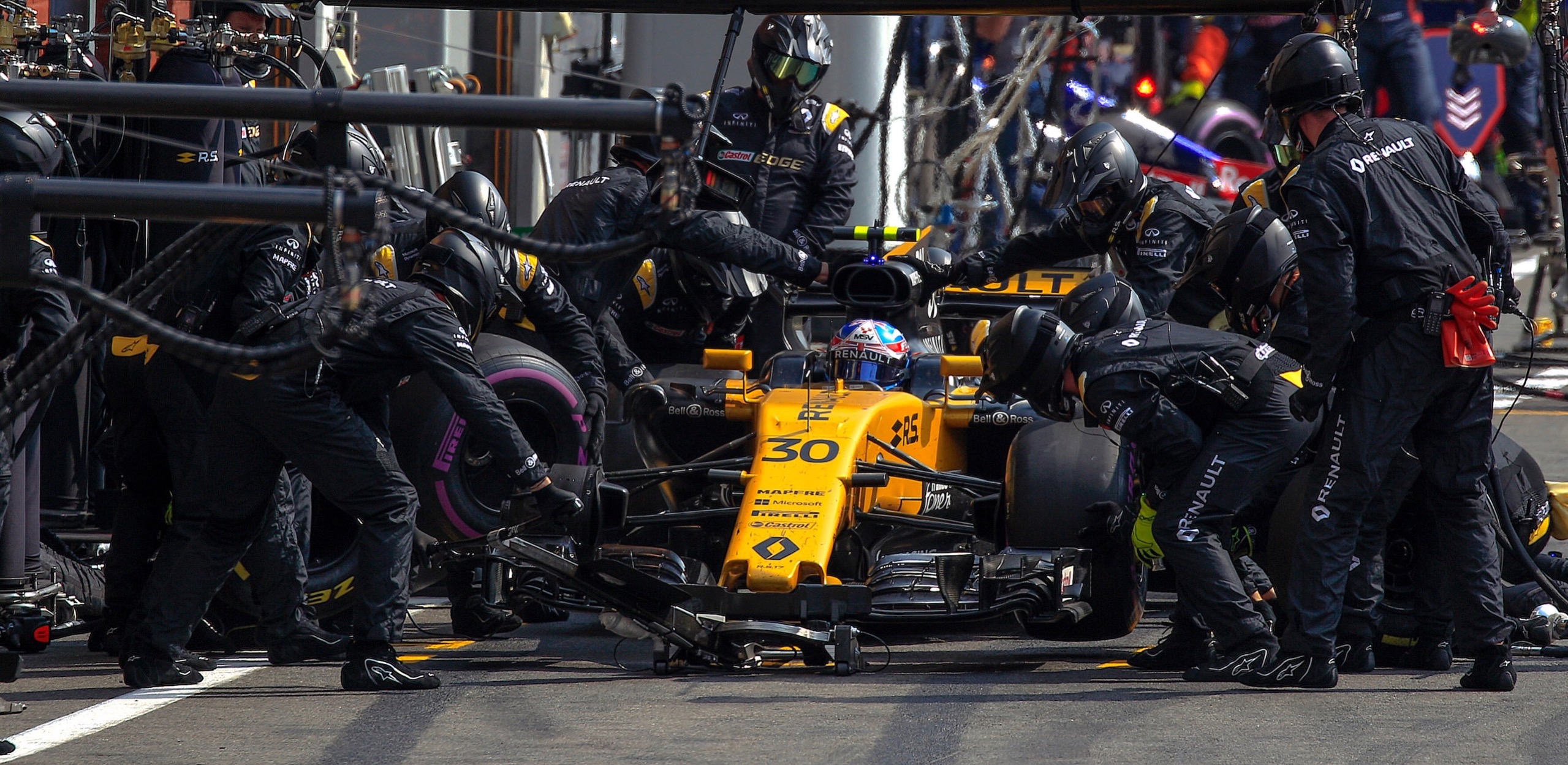
Toto Wolff admitted he trusted his team’s strategists decision to sacrifice downforce in qualifying for a set-up which would be the faster race set-up. The move left lap time on the table in the second sector, but it gave Mercedes the quicker car in sectors one and three. Ferrari had more downforce and more drag and that ultimately allowed Hamilton to stay in front.
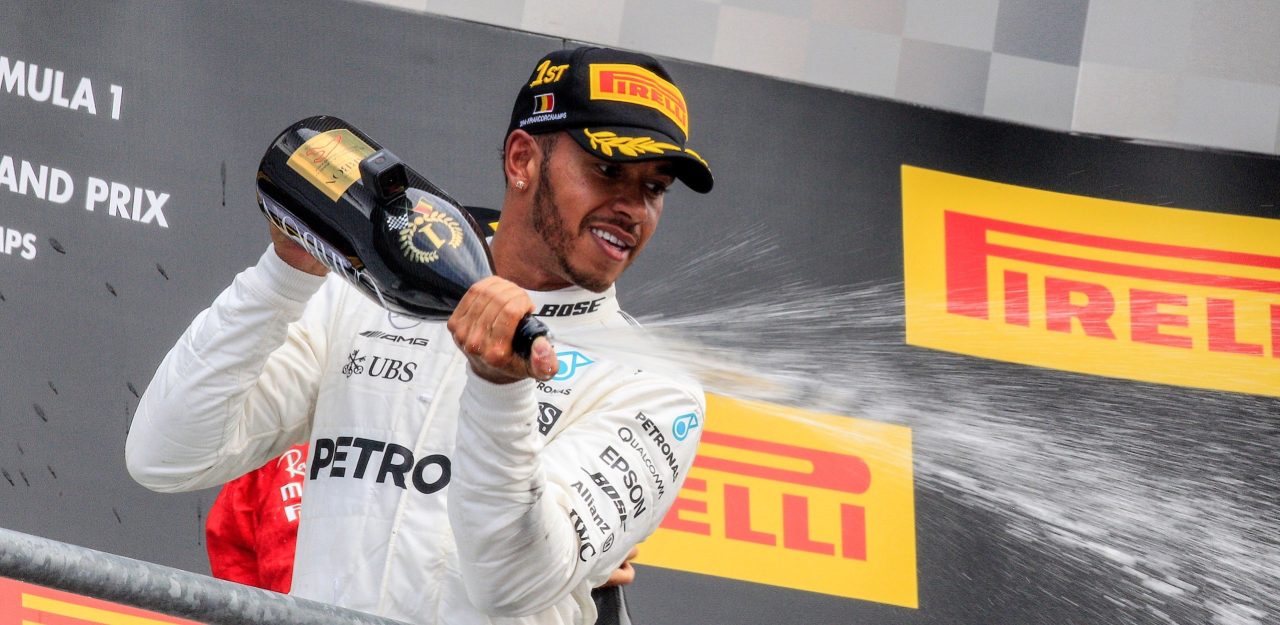
Max Verstappen retired from fifth with a sensor or a spark plug issue early in the Belgian Grand Prix for his sixth retirement in 12 races this season, four of which have been mechanical. All of these retirements have come before Lap 13.
Red Bull boss Christian Horner knows he’s in a precarious position. Still just 19, Verstappen is a World Champion in waiting but is instead currently wasted talent, and the entire paddock senses Verstappen is getting restless. You might call it youthful impatience, but Verstappen knows he is the hottest property for the long run in F1. He has out qualified his teammate 8 out of 12 times and draws thousands of new fans to European circuits.
What makes this weekend a wakeup call for Red Bull is that Valtteri Bottas had a self-admitted horrible race at just the wrong moment. Why should that matter? Mercedes, who initially competed with Red Bull to sign Verstappen to a contract out of F3, has yet to re-sign Bottas.
While Horner is emphatic that Verstappen’s Red Bull contract is airtight, it’s still a contract with performance release clauses. You can be sure a particular German F1 team wants the best they can get. I wonder how big of a check they might write to have a talent who could win a future 125 Grands Prix for the Silver Arrows?
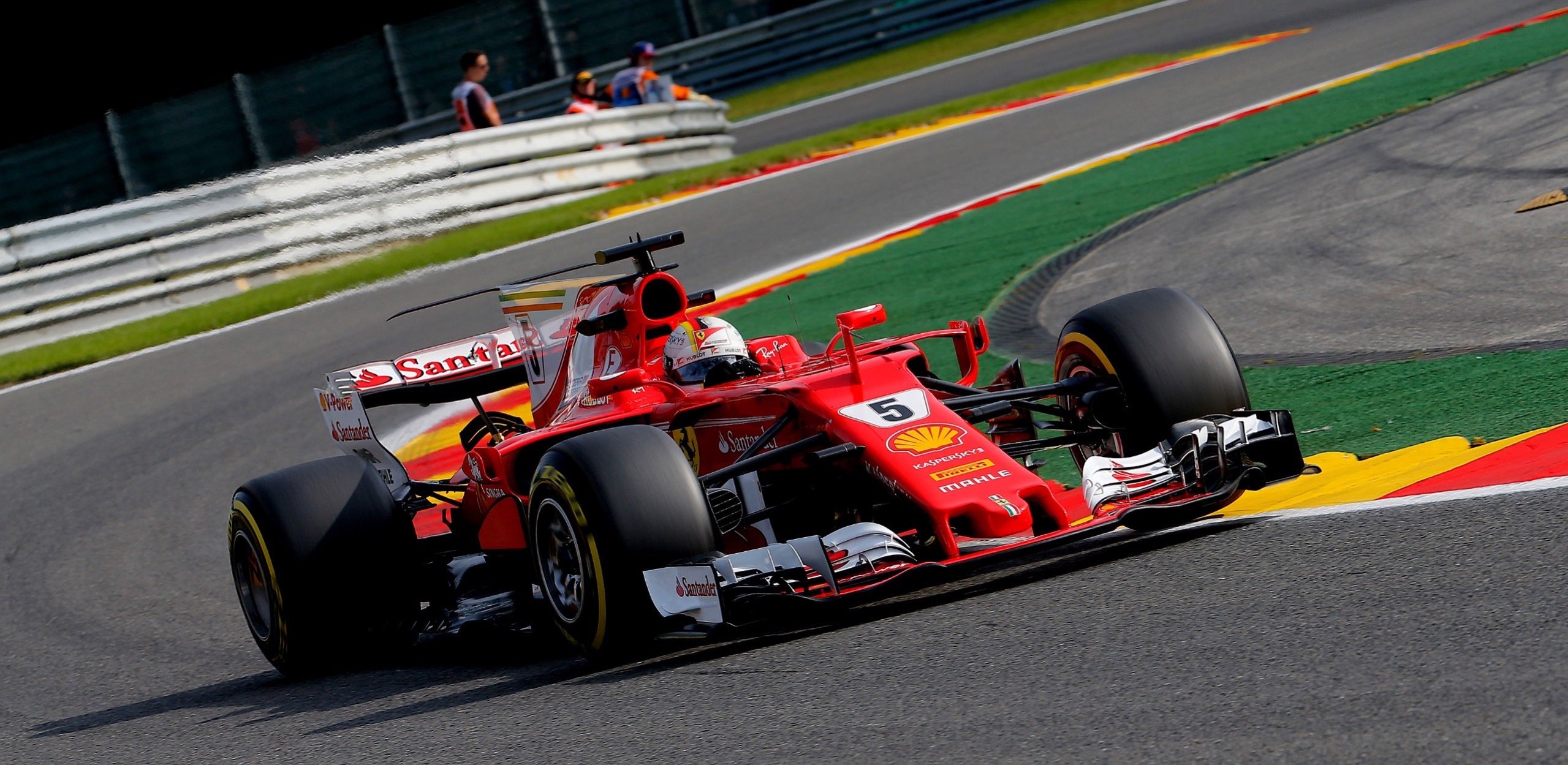
Fernando Alonso took the Poulon corner flat out during Q2. He hadn’t done that before but went for it. Honda’s computer software mapping supposed the corner couldn’t be taken flat out. Therefore computer couldn’t register where Alonso was on track because they had no record of a flat out corner at that spot. What followed then was his engine didn’t deploy the extra 185 hp between Turns 10-11 because Alonso did what Honda thought couldn’t be done. He lost the chance at making Q3 by a sliver of a second.
In the race Alonso made a brilliant start, jump from 11th up to seventh at the expense of the Force Indias and Renaults. He retired on Lap 29 with “engine problems”. Perhaps Honda’s software once again couldn’t conceive of a driver able to make such a great start?
Now it’s on to the Italian Grand Prix this coming weekend at fabled Monza.
